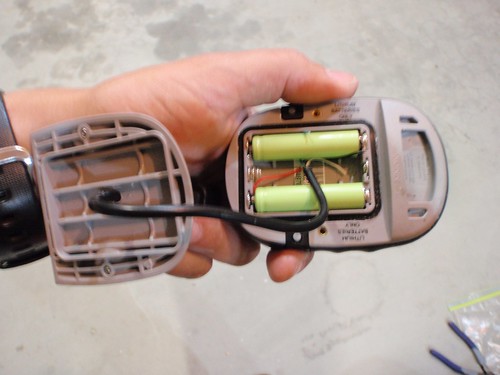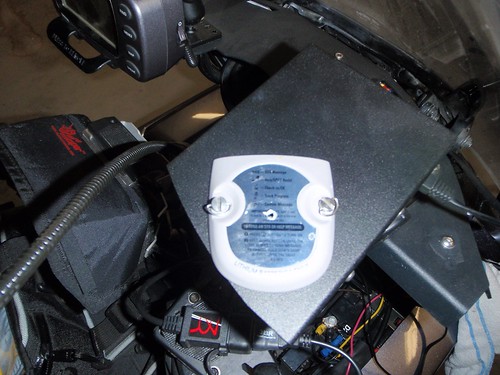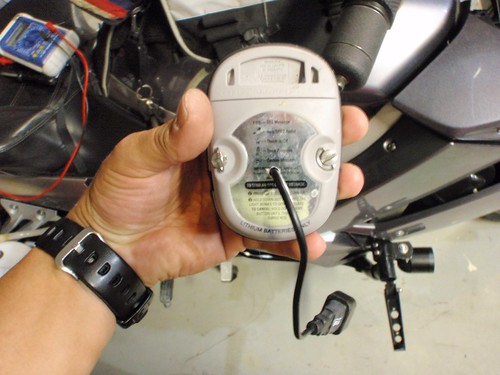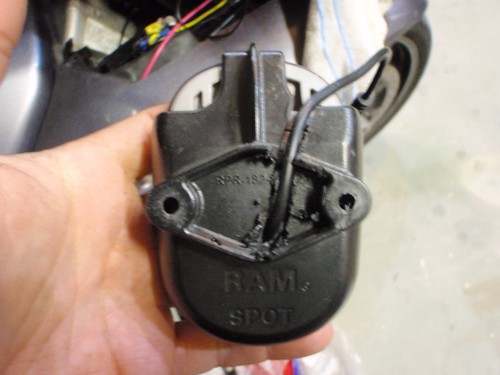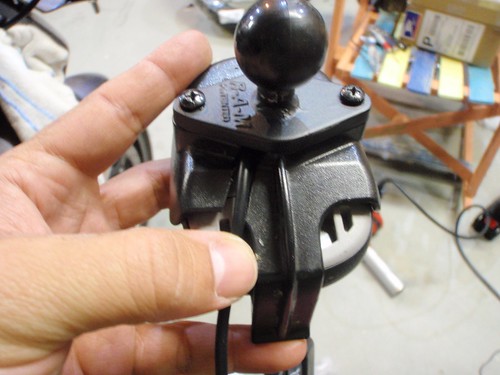Anyone who puts on a lot of miles and uses a Spot Device for constant run tracking purposes (think multi-day rallies/cert rides) knows that the lithium battery requirement gets old in a hurry. The reason lithium AAA batteries are required is because lithiums hold a better voltage even when their useful life has expired. The typical lithium will run about 1.7V when new and drop down to around 1.4. A regular old alkaline drops off significantly when the battery runs "low". This is no good for spot.
I've always wanted to hardwire the spot to the bike as changing these things out (especially for Spot2 in tracking) is cumbersome (well it's not hard to do, but I don't want to pay for the fancy batteries and think about changing them out).
CAUTION
Hardwiring the Spot Tracker does not allow operation by you if you've been thrown from the bike and down a cliff, etc. Strapping to your body on an armband or clear pocket will cover you in more situations if you need to use the 911 feature and get help (in a no cell coverage scenario, etc.). I am using a RAM mount (like many) and had it secured to the bike anyway.
If you have an original spot (takes only two batteries), you will need a voltage regulator (LM317, etc.). If you are like me and have a Spot 2 (the current model), the three AAA lithium system runs great off 5V with no regulator required. So I fashioned my setup to use 5V USB.
Here is what you need:
Here is the end result which shows the waterproof connector:
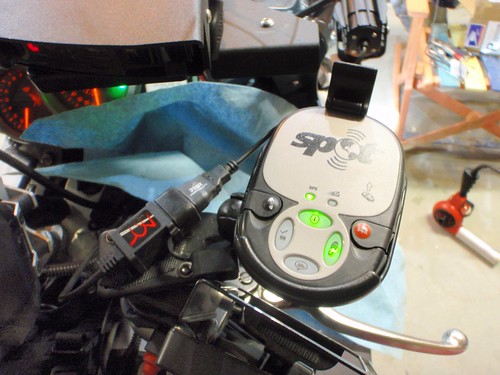
Bear with me while I continue next post.
I've always wanted to hardwire the spot to the bike as changing these things out (especially for Spot2 in tracking) is cumbersome (well it's not hard to do, but I don't want to pay for the fancy batteries and think about changing them out).
CAUTION
Hardwiring the Spot Tracker does not allow operation by you if you've been thrown from the bike and down a cliff, etc. Strapping to your body on an armband or clear pocket will cover you in more situations if you need to use the 911 feature and get help (in a no cell coverage scenario, etc.). I am using a RAM mount (like many) and had it secured to the bike anyway.
If you have an original spot (takes only two batteries), you will need a voltage regulator (LM317, etc.). If you are like me and have a Spot 2 (the current model), the three AAA lithium system runs great off 5V with no regulator required. So I fashioned my setup to use 5V USB.
Here is what you need:
- Waterproof USB connector and waterproof pigtail https://3brpowersports.com
- Dummy AAA https://www.ebay.com/itm/Dummy-battery-AAA-size-x4-veryl-light-weight-in-plain-light-green-sleeve-/251258072974?pt=LH_DefaultDomain_0&hash=item3a8025ef8e or fabricate your own spacers to push the wire lead into the contacts (or screw terminal or solder, etc.)
- Call Spot (assuming you have a current subscription) and tell them the back to your personal locator needs to be replaced. They will send you a new one for free (takes about 3 weeks).
Here is the end result which shows the waterproof connector:

Bear with me while I continue next post.




